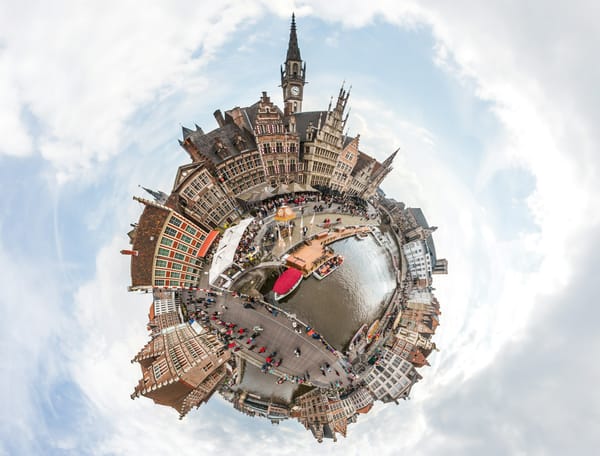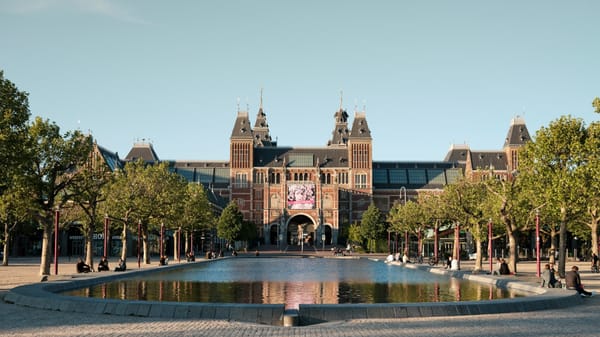Einstein’s Beloved Violin Fetches Over £1 Million at Gloucestershire Auction
Albert Einstein’s 1894 Zunterer “Lina” violin sold for £860,000 at Dominic Winter Auctioneers, topping £1m with fees; provenance includes Max von Laue.
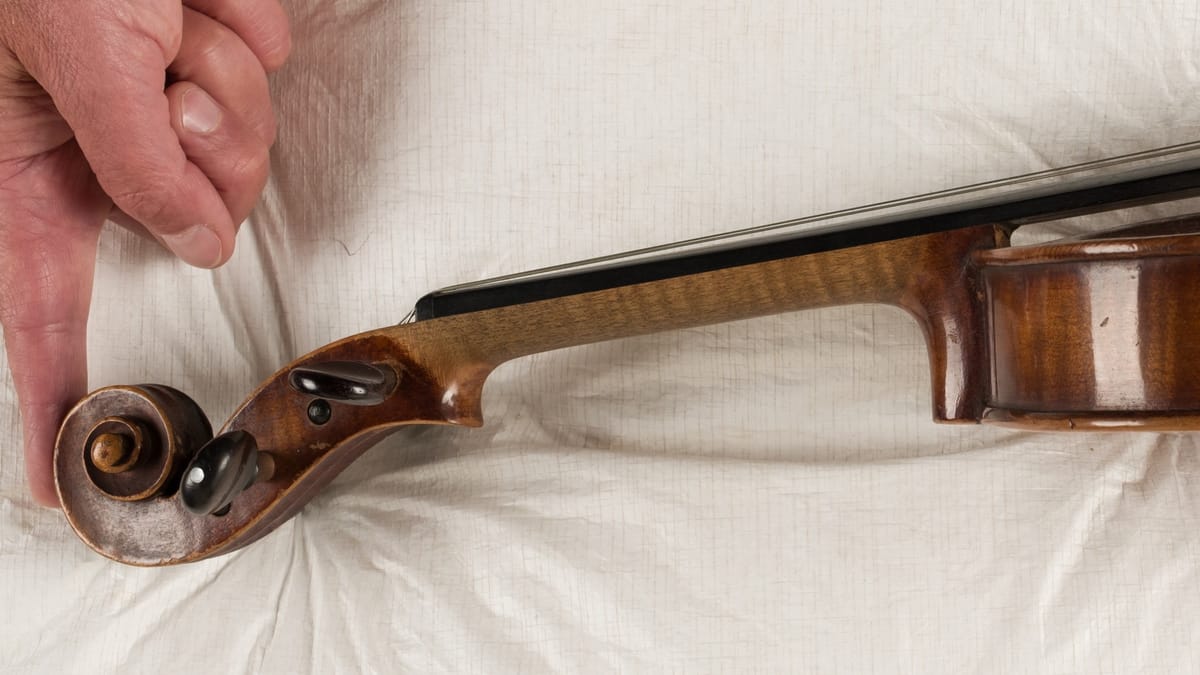
A violin once owned and played by Albert Einstein, one of the most influential scientists in history, has sold for £860,000 at Dominic Winter Auctioneers in South Cerney, Gloucestershire. With buyer’s commission added, the total exceeds £1 million — a record-breaking sum for a violin not made by Stradivarius nor owned by a professional concert musician.
The sale, which concluded two days ago, captivated collectors and music historians around the world. The instrument, an 1894 German violin crafted by Anton Zunterer of Munich, is believed to have been Einstein’s first full-sized violin. On its back, the word “Lina” is delicately carved — a name Einstein affectionately gave to all his violins throughout his life.
A Personal Treasure with Extraordinary Provenance
Einstein gifted this violin to his close friend and fellow physicist Max von Laue in November 1932, during one of their final meetings at Einstein’s summer home in Caputh, Brandenburg. Only weeks later, Einstein fled Germany to escape the rising tide of antisemitism and Nazism, eventually resettling in the United States, where he would live until his death in 1955.
Two decades after receiving it, von Laue passed the violin to Margarete Hommrich, an admirer of Einstein’s work. The instrument remained within her family for nearly three generations — preserved with care, but seldom played — until her great-great-granddaughter consigned it for sale this autumn.
The Music Behind the Mind
Einstein’s passion for music was no mere hobby; it was a central part of his intellectual life. He began playing the violin at the age of four and continued daily until his later years. He often described music as a spiritual counterpart to scientific thought, famously remarking, “Life without playing music is inconceivable to me.”
He found deep inspiration in the works of Mozart and Bach, and many of his colleagues recalled that his violin often accompanied him through moments of scientific contemplation — a means of turning abstract ideas into creative insights.
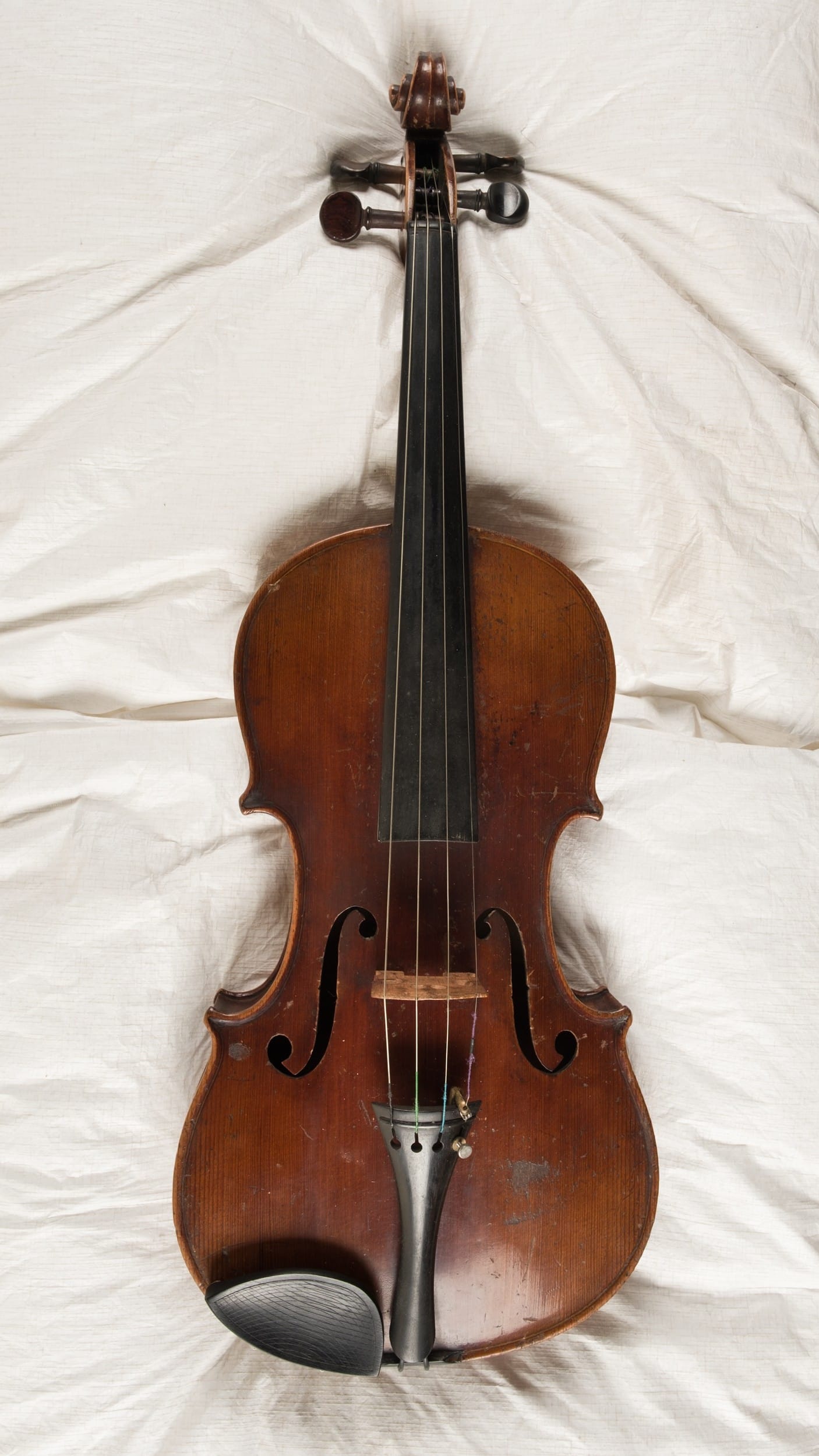
A Violin of Character and History
The Zunterer violin itself is distinctive: slightly longer than a standard model, with a golden-brown varnish softly worn from years of use. Its condition is considered excellent, with no cracks or major repairs, though experts note small marks typical of a much-loved instrument.
The name “Lina” carved on its back is of particular significance. The flowing, looping script matches Einstein’s handwriting from the period and suggests a personal touch — a small act of affection from the man who redefined our understanding of time and space.
A Fierce Bidding Battle
According to Dominic Winter’s senior auctioneer and historical memorabilia specialist Chris Albury, the sale lasted about ten minutes but was “electrifying.” Three determined phone bidders competed intensely, propelling the price nearly three times above the pre-sale estimate of £300,000.
“It was one of those rare, special moments,” Albury said after the sale. “You could feel the sense of history in the room. Einstein’s violin isn’t just an instrument — it’s a bridge between art and science.”
You may also like:
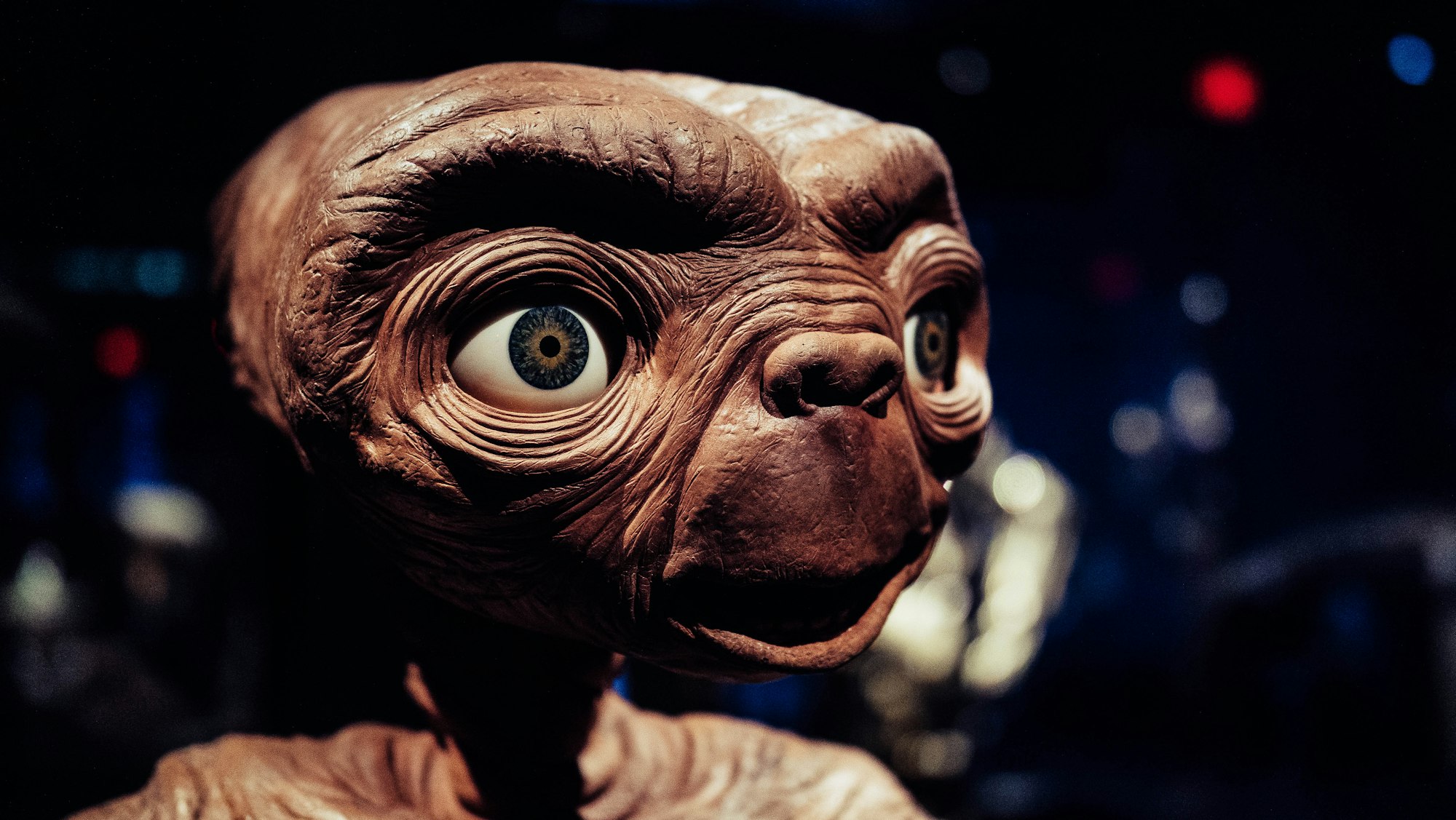
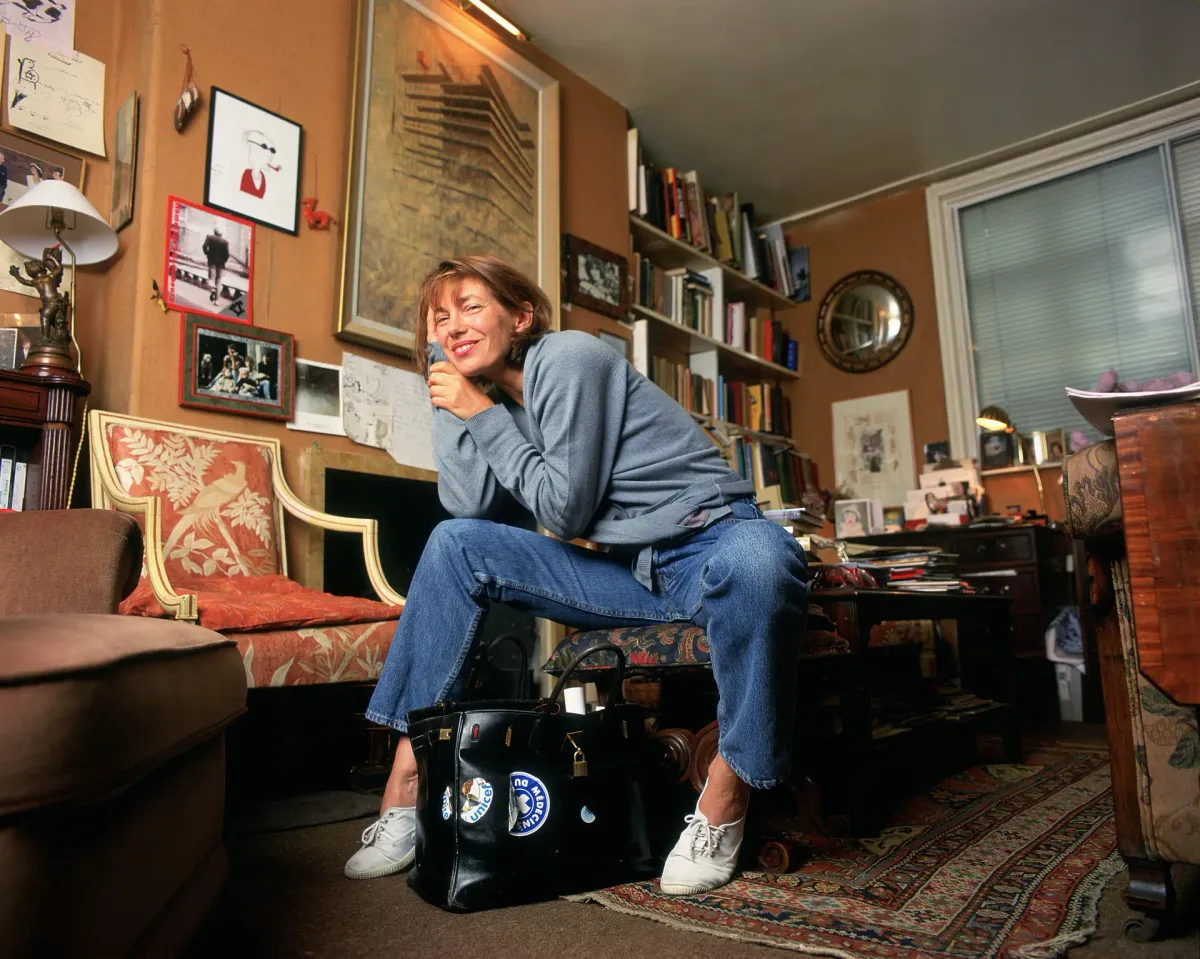
A Human Echo in Wood and Strings
While the violin is a valuable collectible, it also carries emotional and philosophical resonance. Einstein’s deep belief in the unity of science and art — his conviction that the universe itself has a musical harmony — gives this artifact a symbolic power far beyond its material worth.
For the physicist who once claimed that he thought in music more than in words, this violin was not just a tool but a companion — one that may have resonated during his most inspired years, including his “annus mirabilis” of 1905, when he published the papers that transformed physics.
Legacy and Reflection
This sale surpasses the previous record for an Einstein violin — a 1933 model gifted to him in America, which sold for $516,500 (£370,000) in 2018. The Gloucestershire auction now marks the highest price ever achieved for an Einstein-owned instrument.
A bicycle saddle also owned by Einstein failed to meet its reserve price and may be offered again at a future sale.
More than a century after Einstein first drew his bow across the strings of this instrument, the violin has found new life as a cultural relic — a reminder that even the greatest scientific mind of the 20th century sought understanding not only through equations, but through melody.
As one collector commented after the auction, “Einstein heard the universe differently — and sometimes, it sounded like music.”
© ART Walkway 2025. All Rights Reserved.




